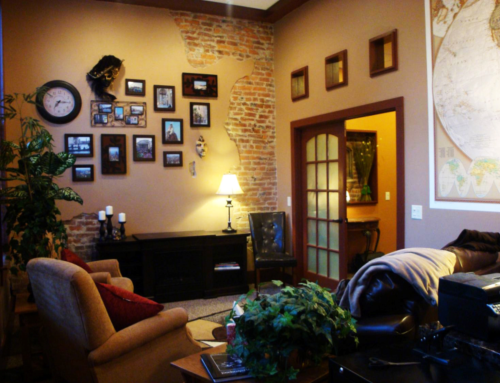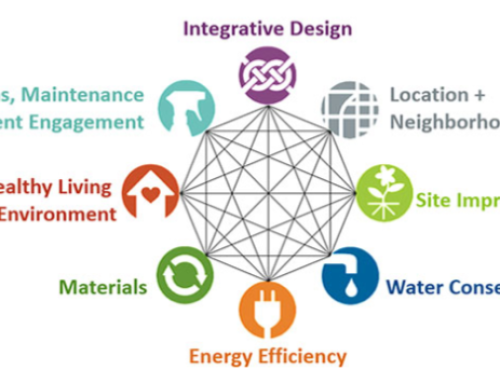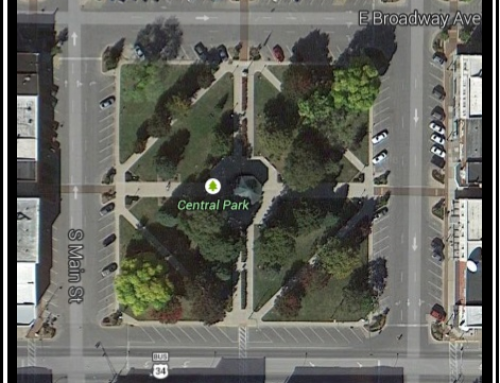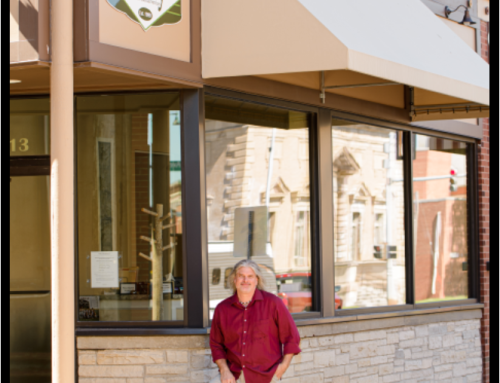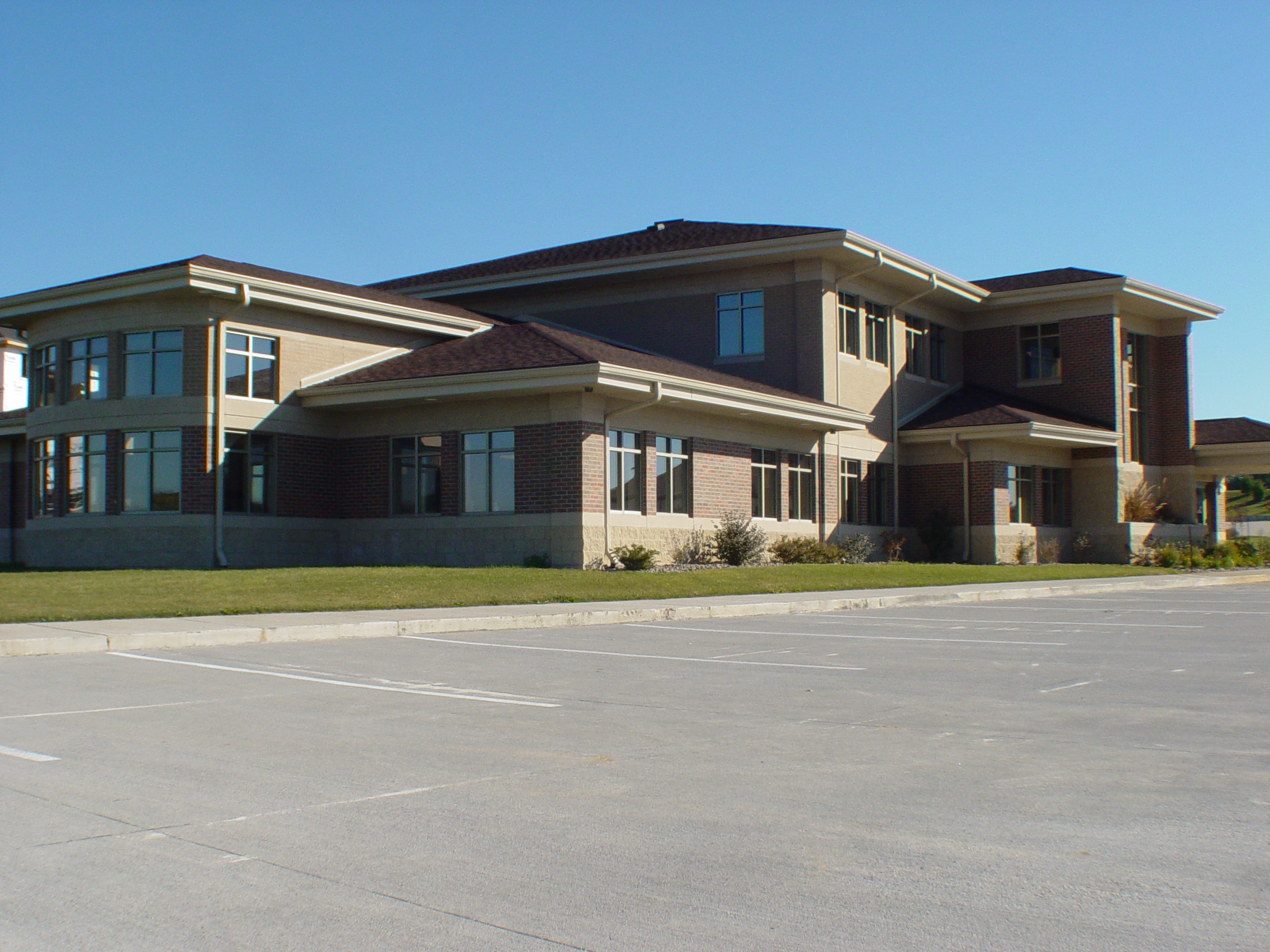Downtown…City Investment?
“The Downtown District Is a Golden Egg & We Don’t Know It”
Do you change the oil in your car? Do you repair the roof on your house when it leaks? Why do you do that? Perhaps you do it to protect your investment? At least, that’s why I do it! Your house and your car provide you with a value that is critical to your everyday life.
Think of one area in your community that represents the people in your town. Your first answer is probably your school district and whatever mascot you go by. I hope your second answer is the downtown. Hopefully Walmart didn’t spring to mind!
Now, I would like for you to do a little work and create a spreadsheet. Define an area that makes up your downtown district. Most cities will have a formal district already defined. List every building that pays property taxes in your spread sheet. Most states provide information on taxes paid on your county assessor’s website. Make sure you put this amount next to the building address. Once you have all the property tax amounts listed, add them up to get a total. Next, calculate the amount of square feet inside your defined downtown district. Now we have two figures: the property tax amount paid each year and a total square feet of the area. Next is the fun part! Take a look at what the largest retail seller in the area pays. Walmart and Menards are good ones! If you don’t have a big box, look it up in the nearest town. Cities across the nation provide money incentives to these companies so they build in their community. I have done this exercise in a couple of cities and the result is surprising! If you don’t provide more tax revenue for your county than the big box, you will certainly come close to them. Make sure you factor a dollar per square feet amount. This could provide an even better comparison when based on density. In other words, divide the total taxes paid by the total square feet for all examples. This will tell you your county’s revenue stream per an area taken up.
Now let’s define why property taxes are important to you. Obviously each state has differing tax strategies, but in general, tax dollars go to the same locations. Tell me what happens to the payroll taxes you get taken out of your check. It goes to Federal and State establishments. How about sales taxes? They, too, are paid to the State and Federal entities. Every county/community then has to beg the Feds and State in order to get their dollars sent back. Property taxes, however, typically stay in the county. This money goes to support your school, roads, county needs, etc. The dollars that improve your quality of life, directly.
So if the downtown district provides the largest (or close to the largest) amount of direct income to your community, why would anyone not want to protect that revenue stream?
Too often city council views the downtown district and its property owners in the same way they do residential areas. If you own it, you must afford it. What they don’t consider is the smaller area of a downtown actually costs less to maintain, yet produces far more income per area taken up. Most importantly, as I attempted to state above, your downtown represents who you are as a community. If you are not competing with the other communities around you, you are falling behind. I guarantee your neighboring community is!


